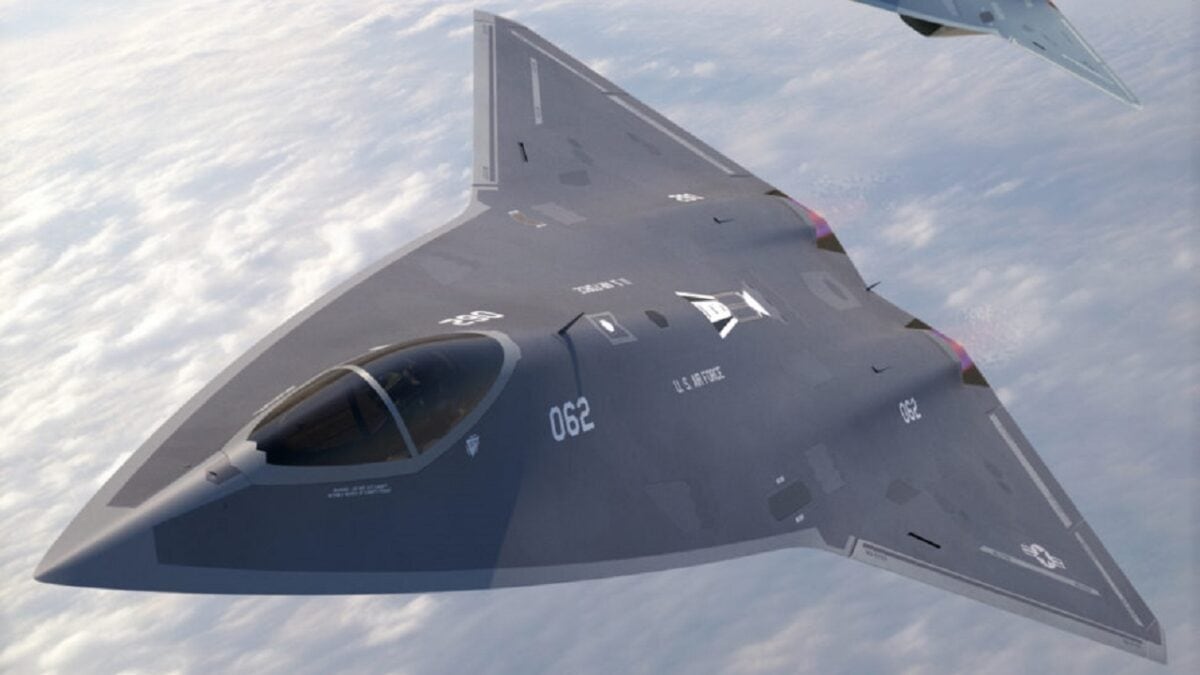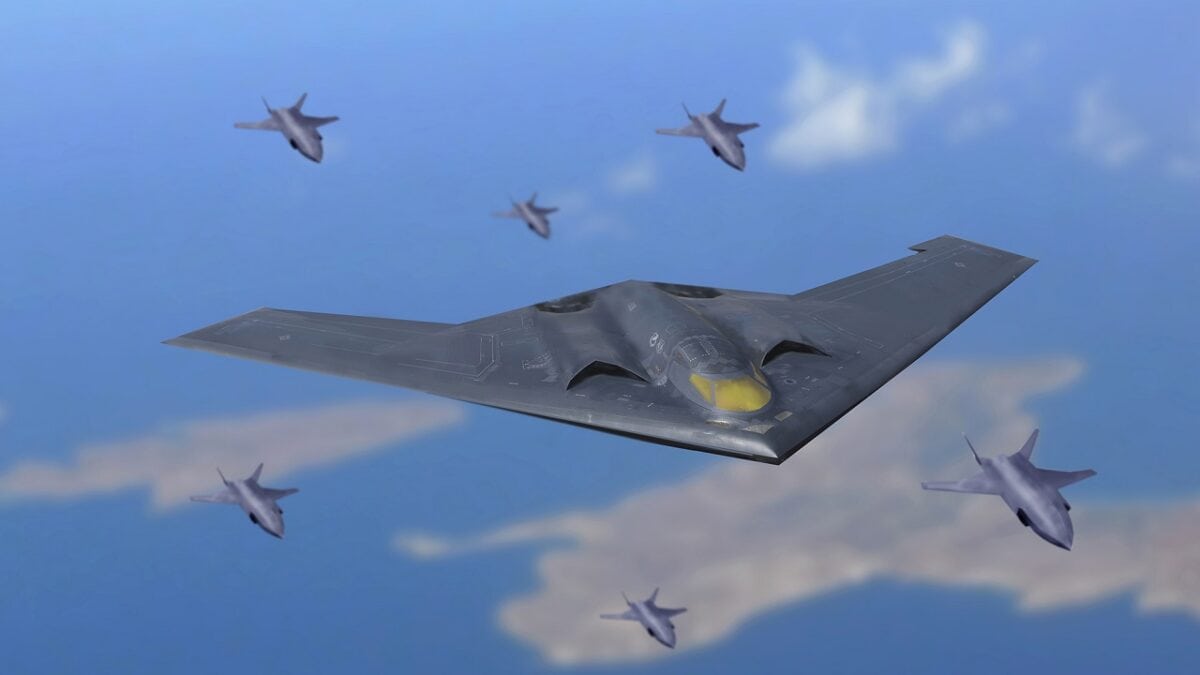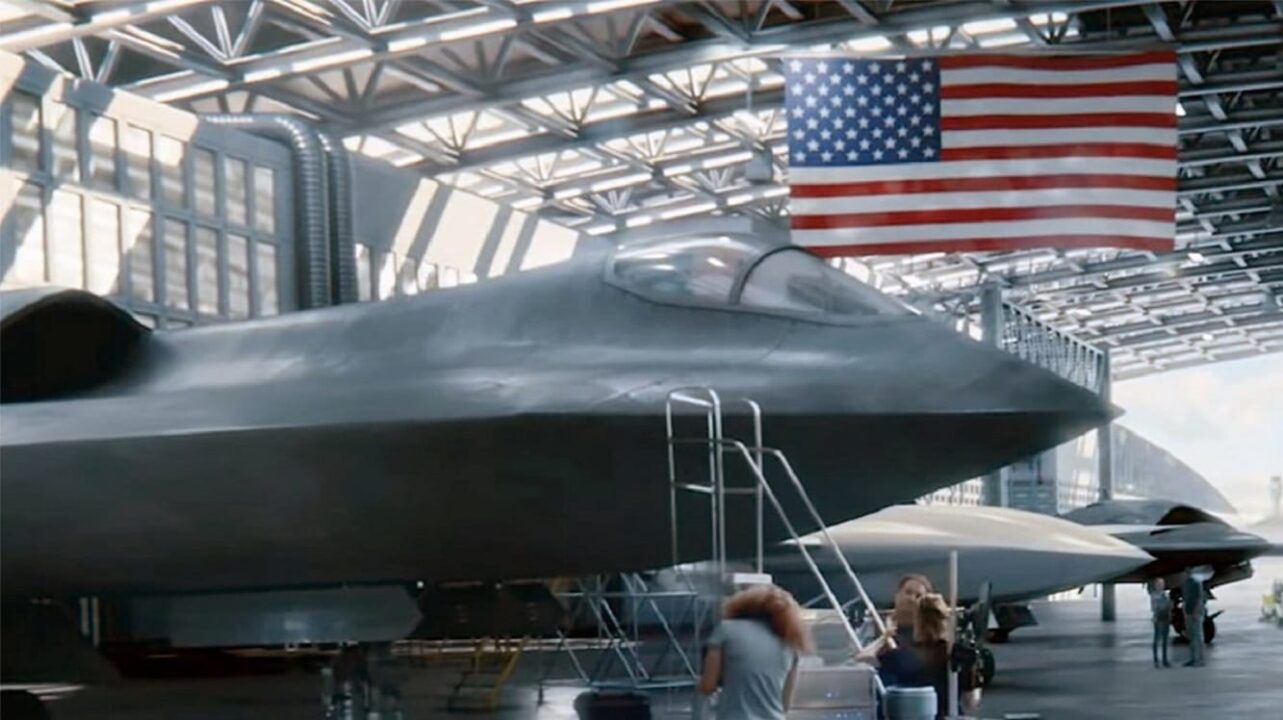Can the U.S. military’s next-generation fighter make it into production by 2030? The civilian head of the Air Force thinks so. The Next-Generation Air Dominance (NGAD) Program is coming your way by the end of the decade if the Pentagon has its way. The Air Force and Navy have the NGAD at various stages of production, but the program is now entering a new phase of manufacturing, according to Air Force Secretary Frank Kendall.
Moving Into New Phase of Development
Kendall spoke to a Washington, D.C. think tank on June 1 and stated that the NGAD will begin its critical engineering, manufacturing, and development (EMD) program “starting now,” the secretary said. The Air Force had previously worked on the NGAD as an experimental airplane beginning in 2015. “So, we basically had an X-plane program, which was designed to reduce the risk in some of the key technologies that we would need for a production program,” Kendall said.
Who Is Running the Show?
The likely next step for the NGAD is to select one prime contractor, or possibly up to three, to have a competition for the best design. The Air Force has reportedly already designed and flown a prototype and it is not clear who the manufacturing partner is. If the NGAD advances similarly to other airplane acquisition programs, it could see initial operating results in around seven years. That would keep it on schedule for the 2030 milestone.
Could the Air Force Have a Defense Contractor Already Envisioned?
Richard Aboulafia, an aerospace analyst with AeroDynamic Advisory thinks the Air Force already has a design and prime contractor in mind. Northrop Grumman is busy with the B-21 bomber program, he told Breaking Defense, but Lockheed Martin has the experience with developing stealth fighters. Boeing could be in the mix too. Boeing could also get the nod for the Navy’s NGAD version – the F/A-XX.
High Dollar Program
Much of the information is highly classified, but we know the NGAD program is expensive. Kendall has previously admitted to Congress that the cost would be “multiple hundreds of millions of dollars” per airplane. The Air Force has requested $1.7 billion for the NGAD for FY23. Research and development funding will cost $133 million. Total expenditures since 2018 are $2.5 billion.
Let’s Move Fast On It
Kendall believes he is exhibiting a “sense of urgency” and he expects the acquisition head of NGAD to have the same attitude – to get to the demonstration for the initial capability stage as soon as possible.
Drone Quarterback
The NGAD will be complicated due to its plans to incorporate an unmanned dimension to the manned fighter. This could be more than one autonomous drone that the NGAD would control in a multi-aircraft scheme to improve situational awareness, penetrate for deep strike, and launch or drop ordnance in a contested environment.
Change the Software Easily
The NGAD is envisioned to have the ability to easily upgraded technology since its flight control software will be separated from the mission system software, as 19FortyFive has explained in an earlier analysis. Testers will not have to re-evaluate the entire aircraft every time there is a tech upgrade.
Enemy Is Getting Better; NGAD Is the Answer
The Pentagon believes the NGAD will outclass China’s J-20 advanced fighter that has stealth characteristics. Enemy air defenses are becoming even more capable, so the NGAD can evade those hazards. The NGAD will also have its “family of systems” that may have the ability to communicate with satellites and relay information to subordinate units so friendly forces could shoot down an enemy cruise missile, for example.

NGAD: Original artwork courtesy of Rodrigo Avella. Follow him on Instagram for more incredible aviation renders.

An artist illustration depicts a U.S. Air Force extended-range B-21 Raider escorted on a mission by armed unmanned next generation air dominance platforms. This fictional bomber features longer, wider wings, and a deeper fuselage that accommodates larger fuel tanks and dual weapons bays that enables the bomber to carry a much larger and varied payload. Mike Tsukamoto/staff; Greg Davis/USAF
The NGAD is exciting, and the U.S. military is playing an interesting game. It wants to brag about a new airplane hitting its milestones, but it also is attempting to keep as much secret as possible in public briefings so as not to give away too much insight to adversaries. The 19FortyFive will continue to track the progress of the NGAD to make sure all the investment is worth it.
Now serving as 1945’s Defense and National Security Editor, Brent M. Eastwood, PhD, is the author of Humans, Machines, and Data: Future Trends in Warfare. He is an Emerging Threats expert and former U.S. Army Infantry officer. You can follow him on Twitter @BMEastwood.

